When shooting small subjects with macro lenses at their closest focusing distance, your depth of field is going to be extremely shallow. Thus is the bane of macro photographers.
To capture your subject in focus from head to tail or petal to stamen can be difficult. Doing so has traditionally meant employing a technique called Focus Stacking. This is a process where the photographer captures a sequence of images at slightly different focal positions. The photographer then merges the areas in focus into a single image. Traditionally this has been done in photo editing software like Photoshop, using layers, or in dedicated Focus Stacking software.
Thankfully the process of creating sharp macro photos has become even easier over the years with the introduction of cameras with built-in focus stacking capabilities.
Built-in focus stacking vs high-resolution modes
Cameras with built-in focus stacking shouldn’t be confused with cameras that use image merging technology to create super high-resolution images. This is an easy mistake, as the process is kind of similar.
Olympus cameras, for instance, have a Pixel Shift mode that takes several images of the same scene and merges them together to create 48-megapixel images.
Cameras with built-in focus stacking aren’t creating higher resolution images; they are harvesting the zones of focus from a series of images, simplifying the old focus stacking process described earlier.
What is Panasonic Focus Stacking?
Panasonic was one of the first manufacturers to introduce a built-in focus stacking mode in its cameras. An extension of its 4K Photo and Post Focus modes, Panasonic’s Focus Stacking feature works by shooting a brief 4K video of your scene.
During this video the camera shifts the focal position from the closest object to the one furthest away in the frame. The Panasonic camera then merges the sharp areas from the frames in this video to create a final image with wide depth of field.
What is Olympus Focus Stacking?
Focus Stacking is Olympus’s equivalent built-in focus stacking mode. It was introduced to the OM-D E-M1 via a firmware update and has been added to many subsequent Olympus cameras.
By enabling Bracketing and then selecting the camera’s Focus Bracketing mode, you can then turn on the Focus Stacking option and select your focus differential, or how much the camera shifts the point of focus in each frame.
We’ve got a great tutorial here on how to set up the focus stacking feature on your Olympus camera.
Remember: not every lens is compatible with Olympus’s focus stacking feature. Many of its PRO lenses will support the feature, but others will only allow for bracketing, but not the built-in focus stacking.
Focus bracketing vs focus stacking
There is often confusion over what is focus bracketing vs what is focus stacking. In short, one is just a process towards the other. Focus bracketing is like exposure bracketing. To bracket focus you will shoot a sequence of images at different focus distances. Blending them together into one image with a wide depth of field is called focus stacking.
Before cameras with focus stacking built-in came around, photographers would create a stacked image by focus bracketing a series of images. Then they would load their bracketed images into their photo editing software and create a ‘stack’ that blends all of the in-focus sections into one image.
Focus stacking is a popular technique for macro and landscape photographers who want maximum depth of field in their images.
For a deeper dive into the many different camera types and features available, check out our range of camera buying guides.
Which cameras can create focus stacked images?
Which cameras have built-in focus stacking functionality? At the moment it’s really limited to modern Olympus and Panasonic cameras. But this is something manufacturers can add to cameras later via firmware updates, so we wouldn’t be surprised to see this list grow over time.

OM-D E-M1 Mark II
The replacement to the Olympus OM-D E-M1, the E-M1 Mark II brings a higher resolution (20.4Mp) sensor, significantly improved autofocusing, High Res Shot mode, 4K video capability and twin SD card slots along with an enhanced Image Stabiliser (IS) system that works across 5 axis. The screen is also now a fully-articulating unit for added versatility.
It’s capable of capturing a high level of detail, noise is controlled well up to ISO 6400 and in the default settings colours look natural while exposures are good.
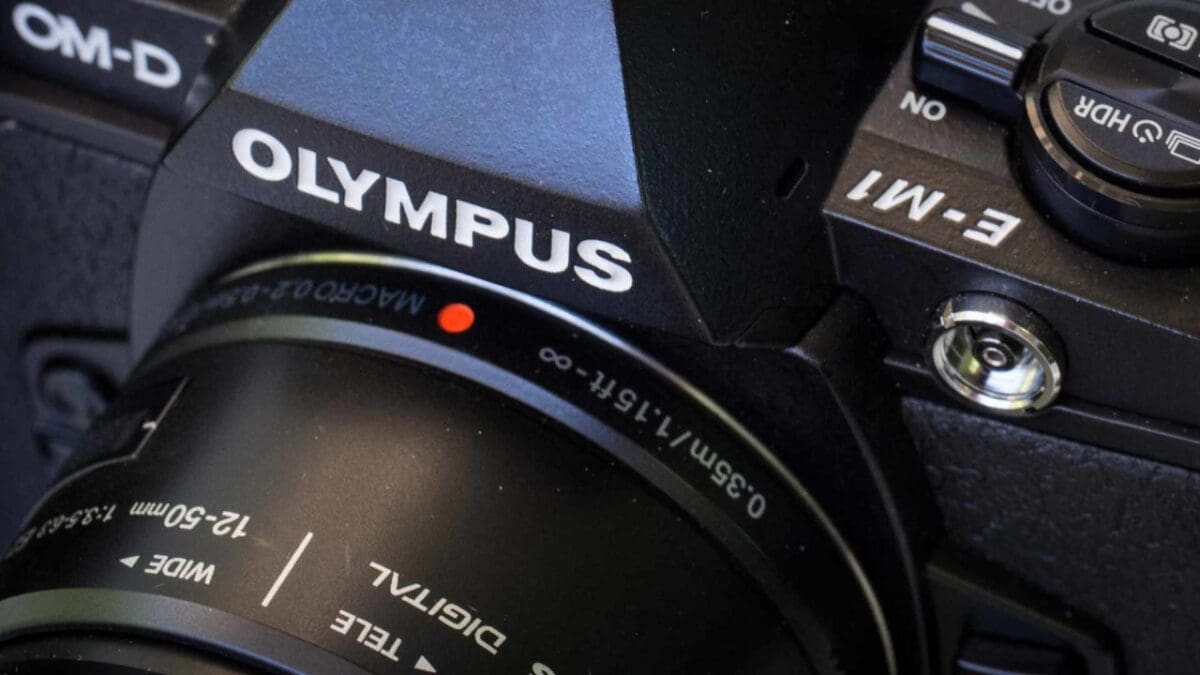
OM-D E-M1 (firmware version 4.0)
The E-M1 has a Four Thirds type sensor and the Micro Four Thirds lens mount. It was the first Micro Four Thirds camera to have both contrast and phase detection autofocusing, with the phase detection aspect being reserved for use with Four Thirds lenses mounted via an adaptor.
Olympus has a good understanding of colour and exposure and this is reflected in the images that the E-M1 produces when its ESP metering and automatic white balance systems are allowed to do their jobs.
Exposure compensation is required any more often that you’d expect and with the Highlight and Shadow Spot metering, it can be avoided all together if you are prepared to meter from specific areas.
Olympus OM-D E-M5 Mark III
Technically the Olympus OM-D E-M5 Mark III sits below the OM-D E-M1 Mark II in Olympus’s interchangeable lens camera line-up but it has an updated processor that seems to give its smaller body a slight edge for speed and AF performance.
In Focus Bracketing mode the Olympus E-M5 can record up to 999 shots with one press of the shutter release. The camera shifts the focus point slightly between each shot. The size of this shift can be set to one of 10 levels. Once the images have been recorded the images can be transferred to a computer and merged into a single picture with greater depth of field than is possible with one file.
This merging can be carried out with the supplied Olympus Workspace image editing software or and third party package.
In Focus Stacking mode the E-M5 III automatically merges 8 images with different focus points.
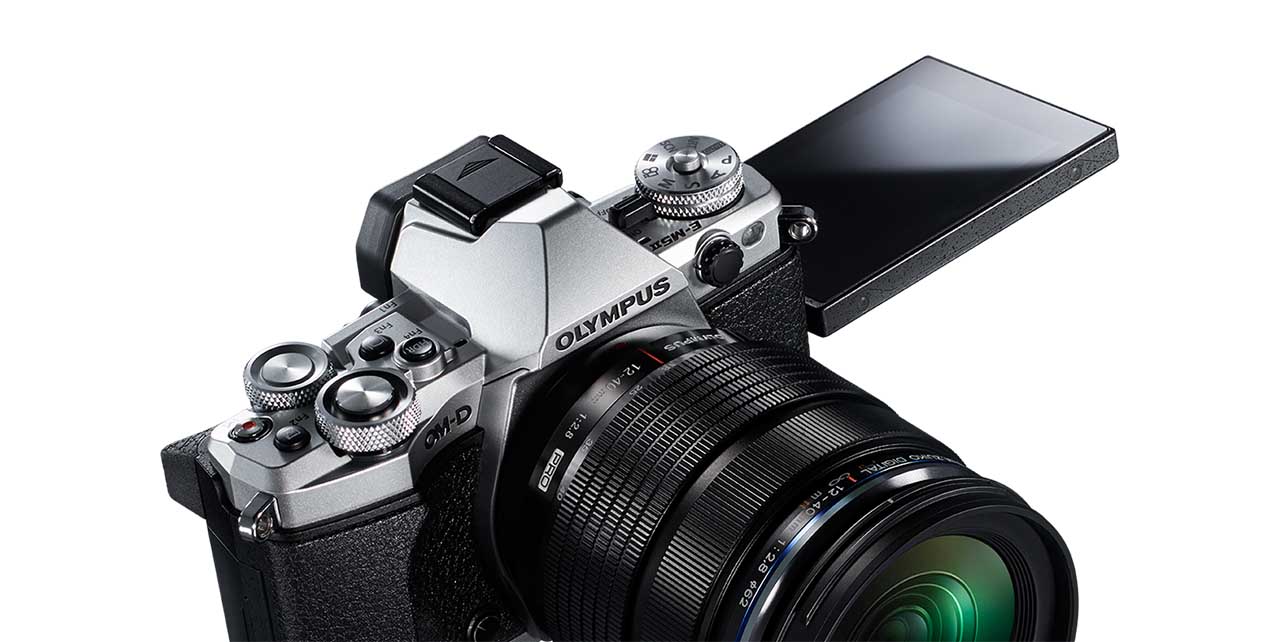
OM-D E-M5 Mark II (firmware version 4.0)
Firmware version 4.0 for the Olympus OM-D E-M5 Mark II introduced the new Focus Stacking feature, which works with the M.Zuiko Digital ED 8mm F1.8 Fisheye PRO, ED 7-14mm F2.8 PRO, ED 12-40mm F2.8 PRO, ED 30mm F3.5 Macro, ED 60mm F2.8 Macro, ED 40-150mm F2.8 PRO, ED 12-100mm F4.0 IS PRO and ED 300mm F4.0 IS PRO lenses.
The OM-D E-M5 Mark II is a surprisingly capable camera. It produces strong images in a range of conditions, and it’s also quite a solid camera for videography, if that’s your thing.

OM-D E-M1X
Olympus introduced the OM-D E-M1X to sit alongside the OM-D E-M1 Mark II as a joint flagship camera aimed at professional photographers. Although it has a lot in common with the E-M1 II, the OMD EM1X has some very distinct differences. The most noticeable of these is the integrated vertical grip which houses a battery cartridge that holds two BLH-1 batteries (the same battery as is used in the E-M1 Mark II). These batteries enable the E-M1X to capture up to 2,580 images in a single charge.
It also has two Truepic VIII processing engines rather than one to power a few performance enhancements.
And while the E-M1X is designed to maximise speed and durability, there are some other interesting features such as a new intelligent subject detection mode that allows you to set the camera to detect specific subjects automatically.
AF points can be selected using a mini-joystick multi-selector control on the back of the camera. There are two of these controls so there’s one in easy reach whether you’re using the horizontal or vertical grip. Olympus has also boosted the AF system’s sensitivity and it’s claimed to operate at -6EV.

Panasonic G90/G95
The Panasonic G90, known as the Panasonic Lumix G95 and G91 in some territories, is a 20.3Mp DSLR-style mirrorless camera aimed at enthusiast photographers and videographers. It has some attractive features including a weather-sealed body, a 2.36million-dot OLED electronic viewfinder, a 3-inch 1.040-million-dot OLED vari-angle touch-screen and Panasonic’s 5-axis Dual IS II system to help produce blur-free images and smooth video.
Panasonic has also included Post Focus and Focus Stacking in the G90. Post Focus mode allows you to select a still from a 4K sequence in which the focus shifts. Meanwhile, the in-camera Focus Stacking enables up to 999 images to be shot and merged to produce a composite that’s sharp from foreground to background.
Like the G80, which continues in the range, the G90 has a 2,360,000-dot OLED (Organic Light-Emitting Diode) viewfinder. This has a magnification ratio of approximately 1.48x / 0.74x (in 35mm terms) and gives 100% field of view.
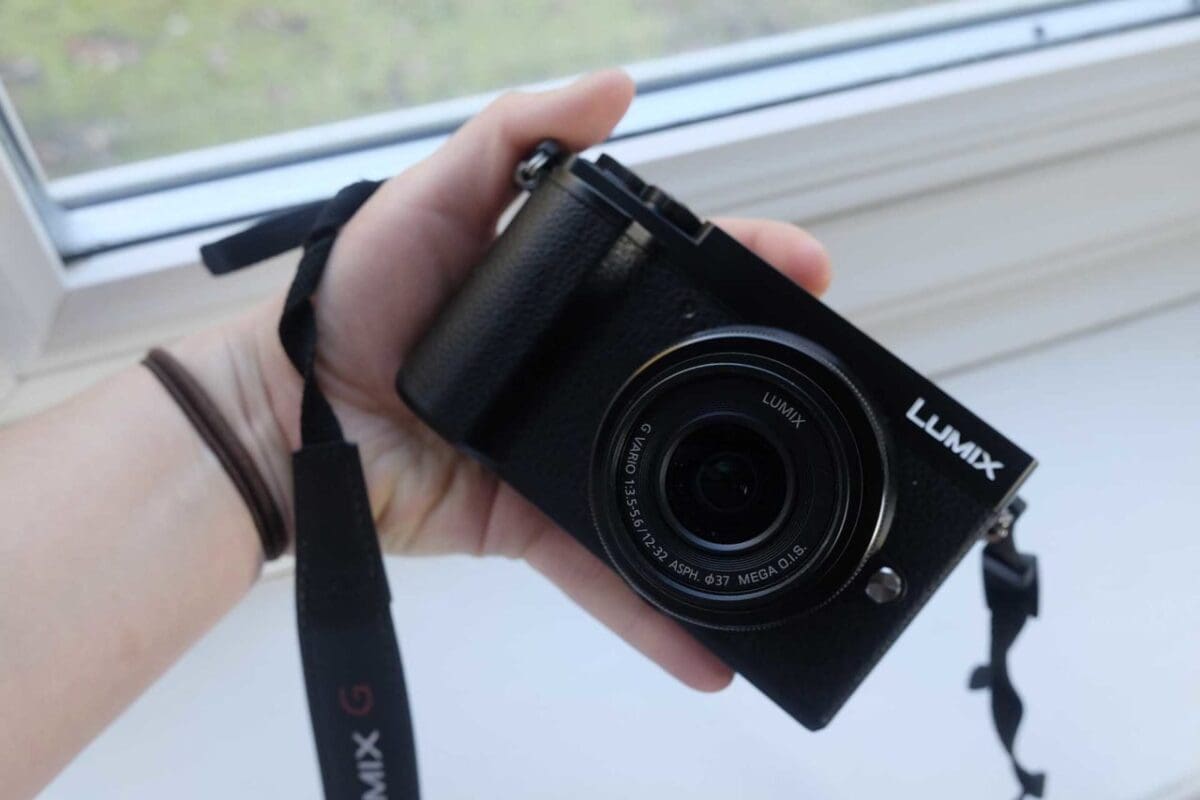
Panasonic GX9
Panasonic introduced the GX9 to sit in the middle of its range as a “premium street photography camera”. With its small body size and flat rangefinder type design, it’s also ideally suited as a travel camera – especially if you already own another Micro Four Thirds camera.
It has a host of appealing specifications, including a high-resolution tilting viewfinder, a tilting touch-sensitive LCD screen, 4K Photo and Video modes, and compatibility with the huge range of Micro Four Thirds lenses. And, of course, it offers Panasonic’s now-ubiquitous Focus Stacking and Post Focus modes.
Overall image quality is very good, particularly in good or bright light. In lower light, watch out for a little loss of detail in places, and try to stick to as wide an aperture as possible. Colours are nicely reproduced, being natural while also vibrant, while focusing is generally quick and accurate.
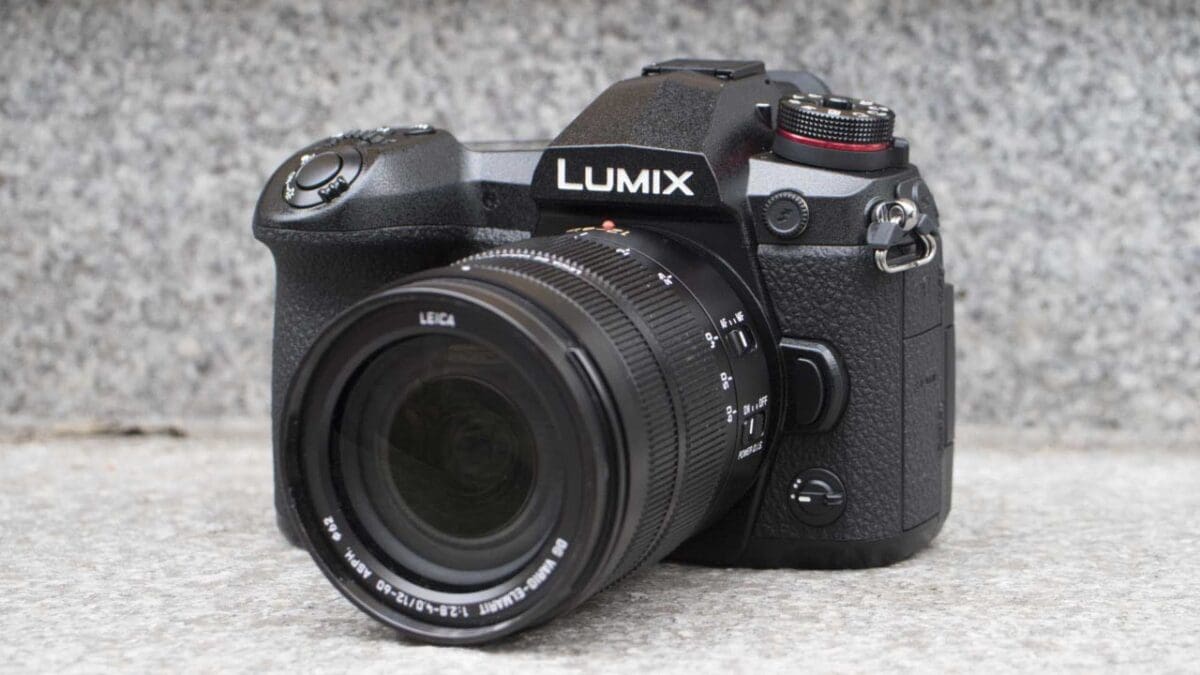
Panasonic G9
While the GH5 is largely known as a video camera, it’s also a very capable stills camera. The fact that the Panasonic Lumix G9 has the same sensor and processing engine, but has been tuned for stills rather than video is, therefore, good news for photographers. It also feels like a high-quality camera, being light yet sturdy with a good-sized grip while the touch-control is accompanied by a healthy array of physical controls.
While 20Mp images will suffice for many situations, the G9 also has a High Resolution mode that enables 80-megapixel images to be created in jpeg and raw formats in-camera. In this mode the camera takes a sequence of 8 images in quick succession, shifting the sensor a little between each shot. These images are then merged to create a single larger image with more detail.
According to Panasonic UK, this is a tripod-only mode and it takes approximately 4 seconds to process the image – that’s about half the time that the Olympus OM-D E-M1 Mark II takes.
In addition, Panasonic’s 4K Photo and 6K Photo modes are on hand with their convenient modes to help with capturing brief bursts of action. These modes use video technology to capture sequences of images which can then be extracted to create 8Mp (4K) or 18Mp (6K) still images. Post Focus and Focus Stacking are also on hand.
Fujifilm X-Pro3
The Fujifilm X-Pro3 debuts a few focus stacking feature that we’re anticipating will be rolled out to other Fuji cameras like the X-T3 and X-T30, but that has yet to be confirmed. This feature, which is found under the Focus Bracketing Settings in the menu, automates the first step in the focus stacking process by capturing a series of images with different focus points.
The clever part of Fuji’s system is that the X-Pro3 automatically calculates the shift in focus that’s required how many images are needed to get the depth of field you want. It does this by looking at the lens focal length, selected aperture and the requested sharpness range.
Fujifilm doesn’t supply any image-merging software with the X-Pro3 but you can stack the images in Adobe Photoshop to create a single image.
It’s not immediately obvious how to use the Focus Bracketing Settings to create a focus stacking series, so we’ll explain what to do here.
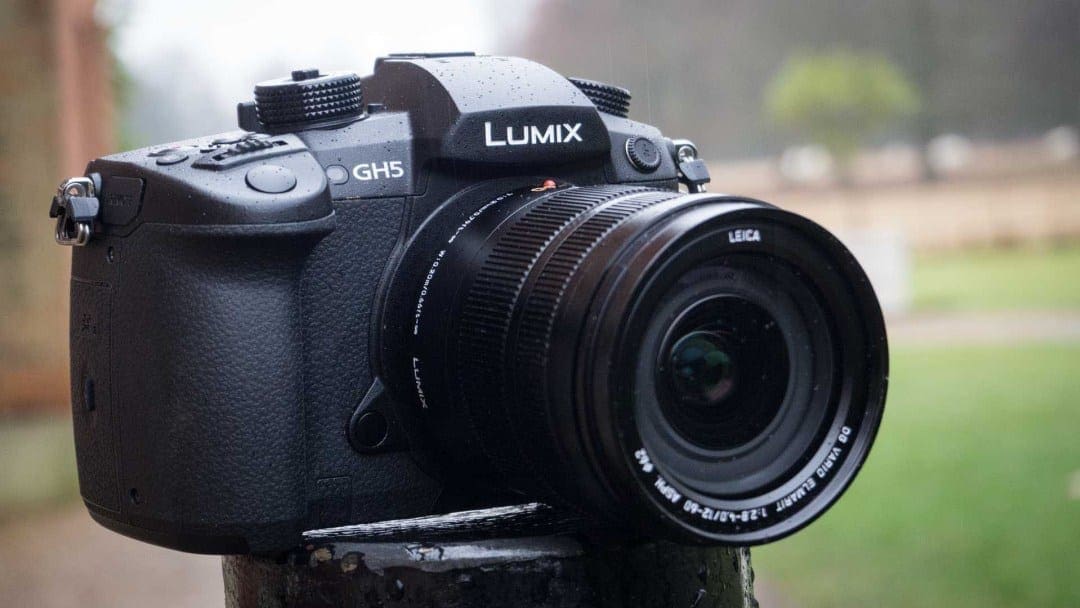
Panasonic GH5 / GH5S
The GH5 and sibling the GH5S are designed to shoot 4K video and both have an extensive range of features to give it appeal to professional videographers. Aspects such as variable frame rates and 10-bit recording will be of particular interest, along with the ability to add V-LogL recording. We don’t need to spell those out here.
Read our Panasonic GH5S and Panasonic GH5 reviews to get the full run-down of these cameras’ video chops.
But if you’re a videographer and like to shoot a little macro photography on the side, the GH5 or GH5S could be perfect for you, as Panasonic has again included its Focus Stacking feature.
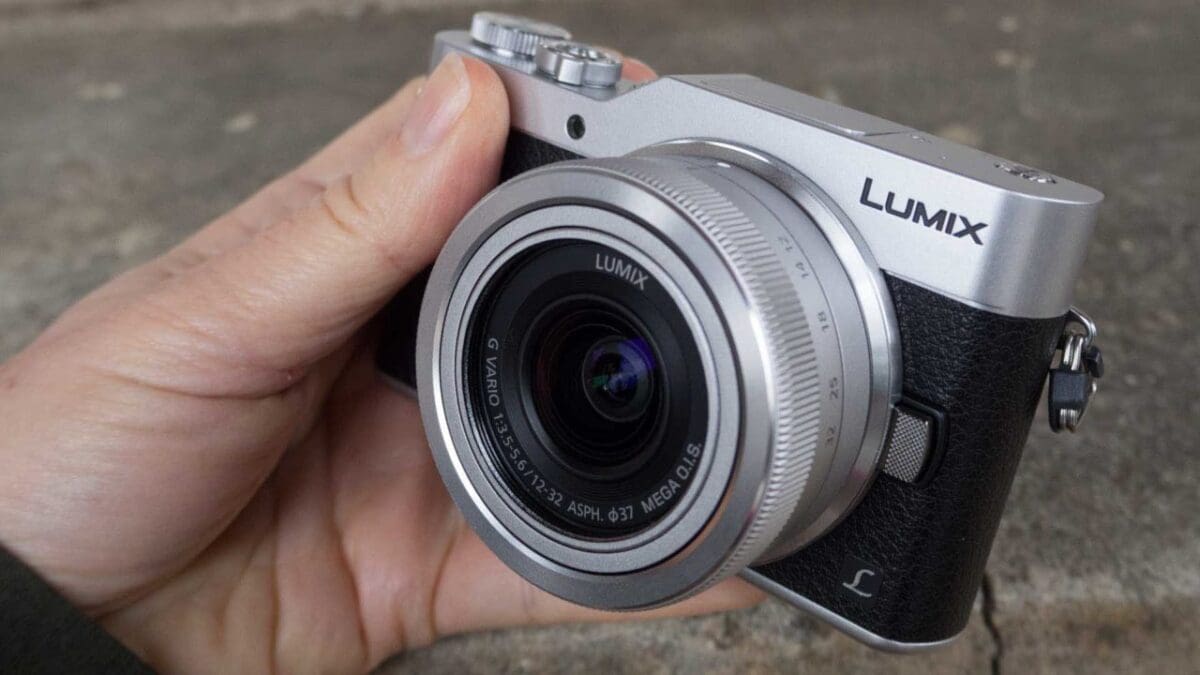
Panasonic GX800/GX850
The Panasonic GX800/GX850 is one of our favourite cameras. With price tag of less than £500 you get a solid set of features, as well as a solid 12-32mm lens.
The GX800/GX850 boasts a 16-megapixel sensor with no anti-aliasing filter, as well as the company’s new Venus Engine and a 1,040,000-dot vari-angle LCD screen that articulates 180 degrees.
You’ll also find Panasonic’s 4K Photo, Post Focus and Focus Stacking modes in this solid, entry-level camera.
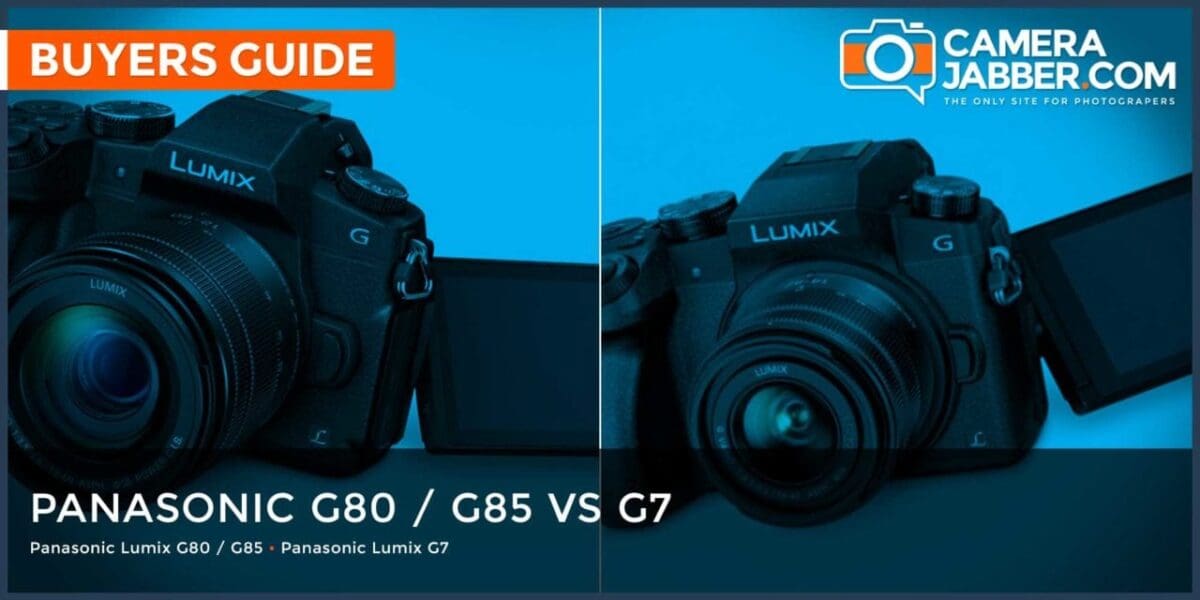
Panasonic G80/G85 and Panasonic G7
The G80/G85 and G7 may look a little long in the tooth these days and have since been replaced (G90/G95 and G9) but both still exist in Panasonic’s range and offer a solid range of features.
Both the Panasonic G80 / G85 and G7 offer the company’s 4K Photo functionality, which allows you to extract a still frame from a short burst of 4K video. They also employ Panasonic’s Focus Stacking and Post Focus features, which allow you to take still frames from that short burst of 4K video.
At first glance, the Panasonic G80 – also known as the G85 in the United States – may look strikingly similar to its closest sibling, the G7. But there are a few key differences that really set it apart.
The Panasonic G80 / G85 and G7 both share the same 16-megapixel sensor. However, the key difference you need to know about the two cameras on this criterion is that the G80 / G85 omits the camera’s anti-aliasing filter.
This means that, while both cameras record the same level of resolution, the Panasonic G80’s images should technically be a little bit sharper.
With the G80 Panasonic introduced its 5-Axis Image Stabilisation which, from our tests, with the camera, really extend your ability to shoot with it handheld.
The Panasonic G7 doesn’t offer 5-Axis stabilisation. And it’s worth noting that when the G80’s 5-Axis stabilisation is used in tandem with its lens’s dual IS, you can capture some very sharp images in situations where might not normally have a fighting chance.
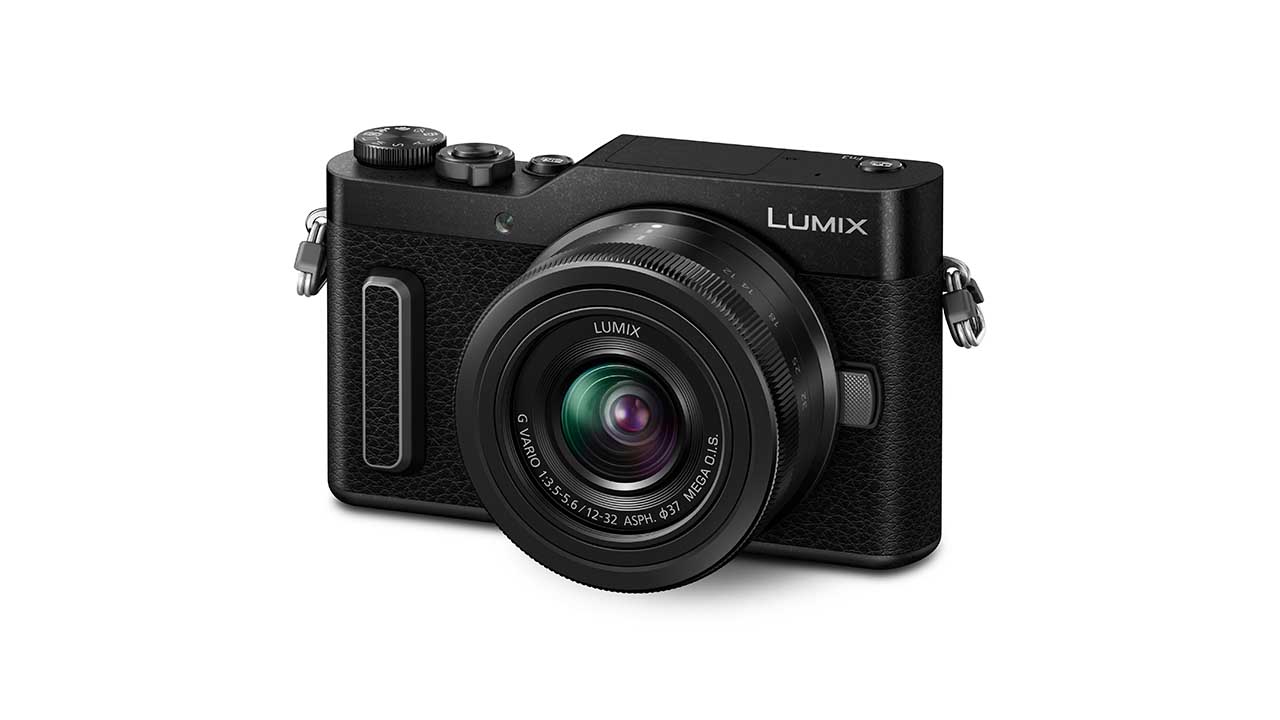
Panasonic GX880
Released only to the European market, the GX880 features Panasonic’s latest 16-megapixel Digital Live CMOS sensor. This sensor boosts quality with a combination of Panasonic’s Venus Engine and a sensor design that omits a low-pass filter.
The GX880 also boasts a high-tech Contrast AF System features DFD (Depth From Defocus) technology. This technology enables ultra-fast connection between the lens and camera.
As well as the high-resolution video the GX880 packs in other features such as Focus Stacking, Post Focus and Light Composition, Creative Control, Creative Panorama and Photo Style including L.Monochrome.
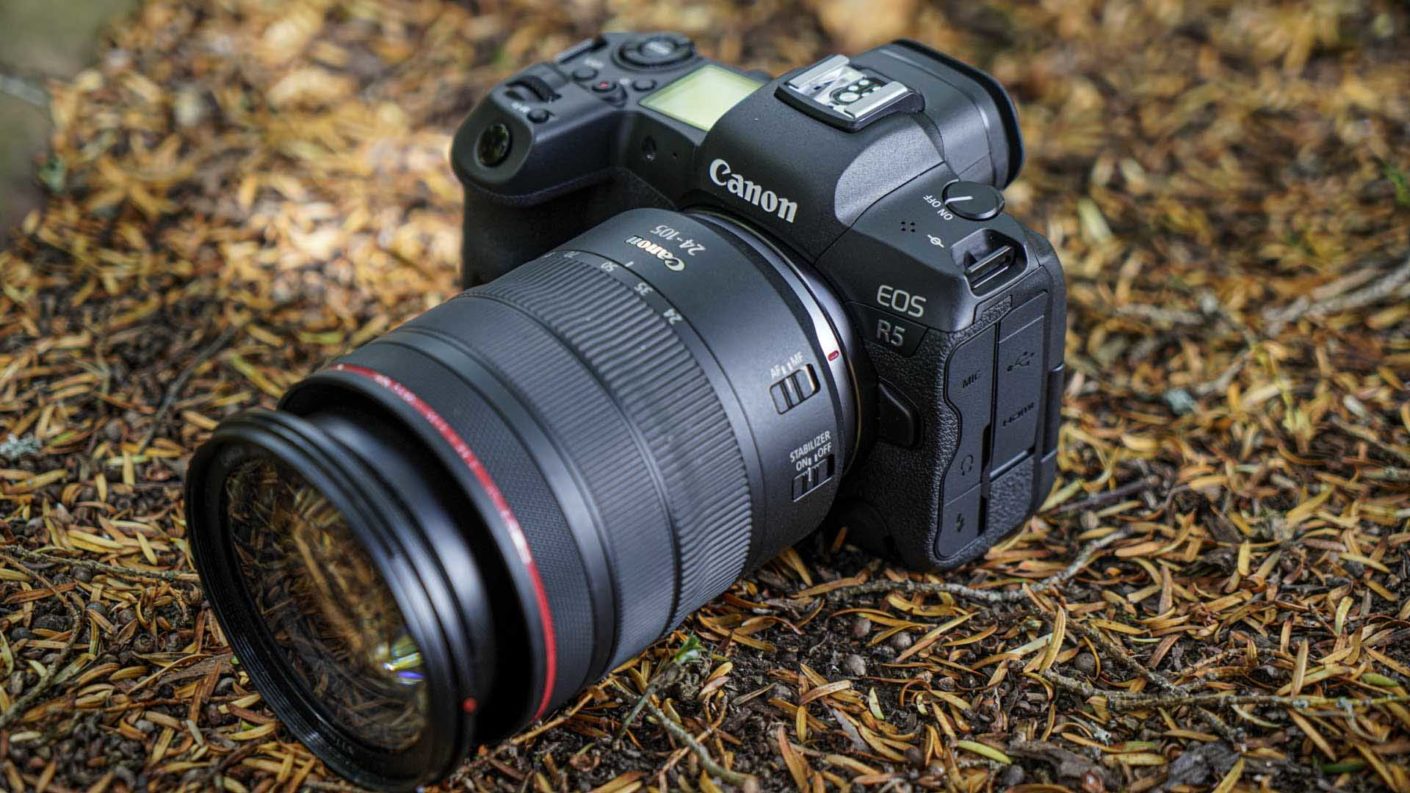



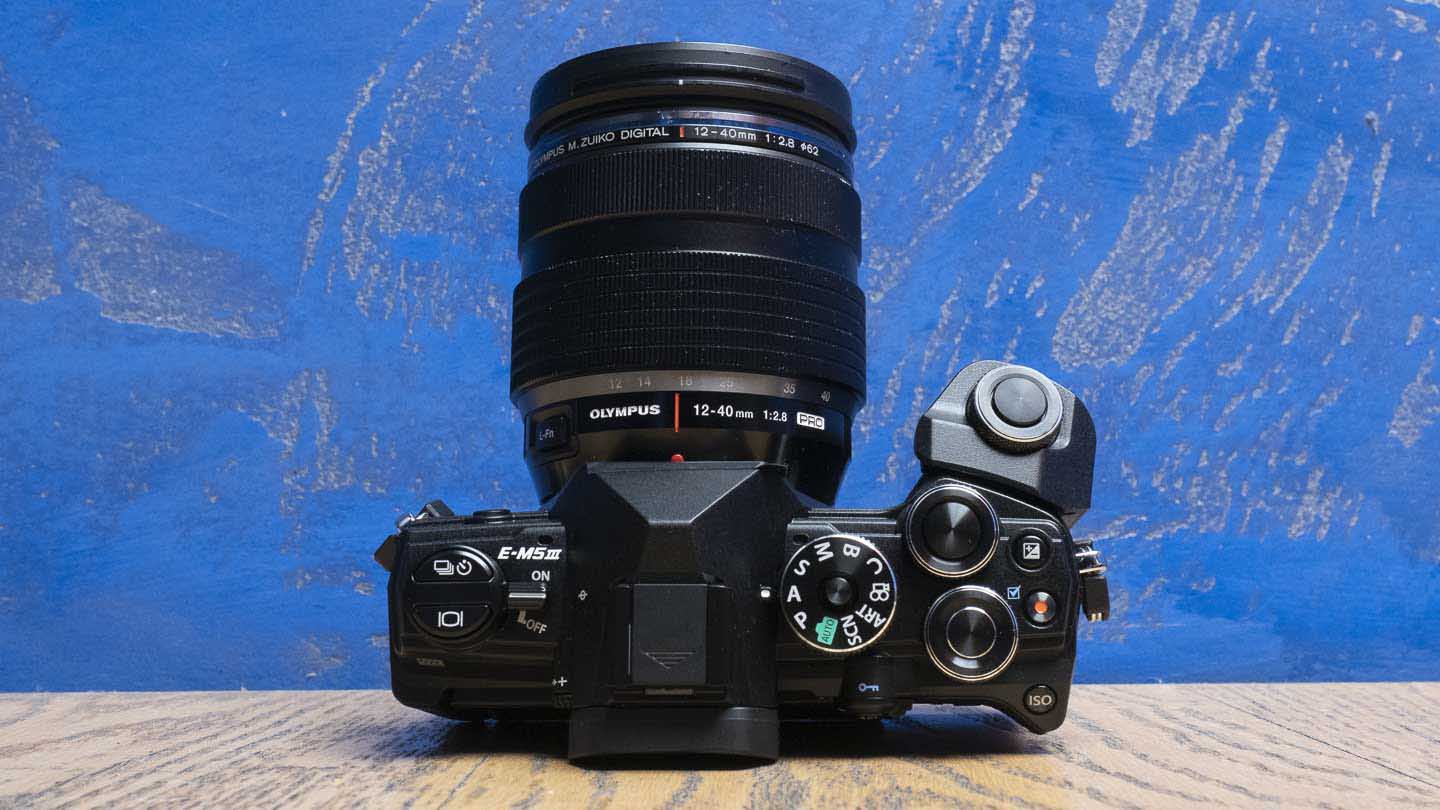

Are there no Nikon cameras that do focus stacking..?
D850, Z6.
This article is a copy of other on the web.
It’s not a copy, in fact the original version that we wrote was one of the first on the subject. Other sites may have subsequently written articles on the same theme.
D780